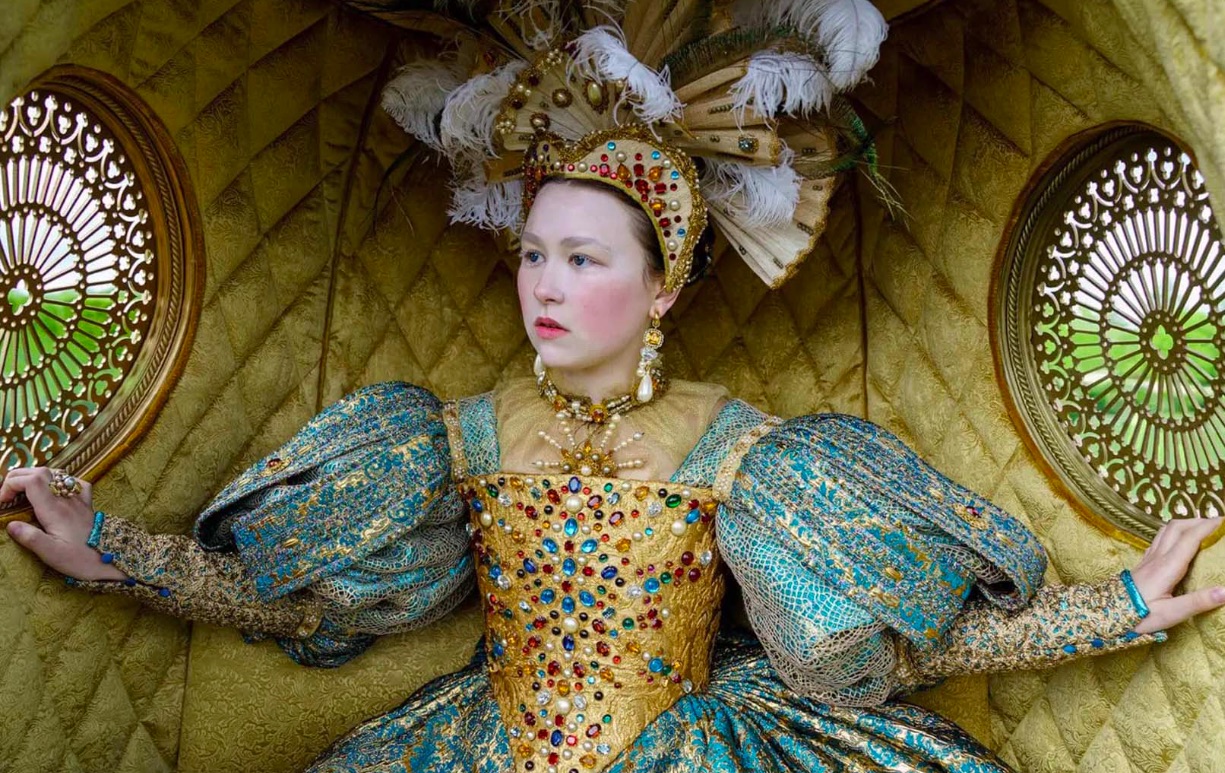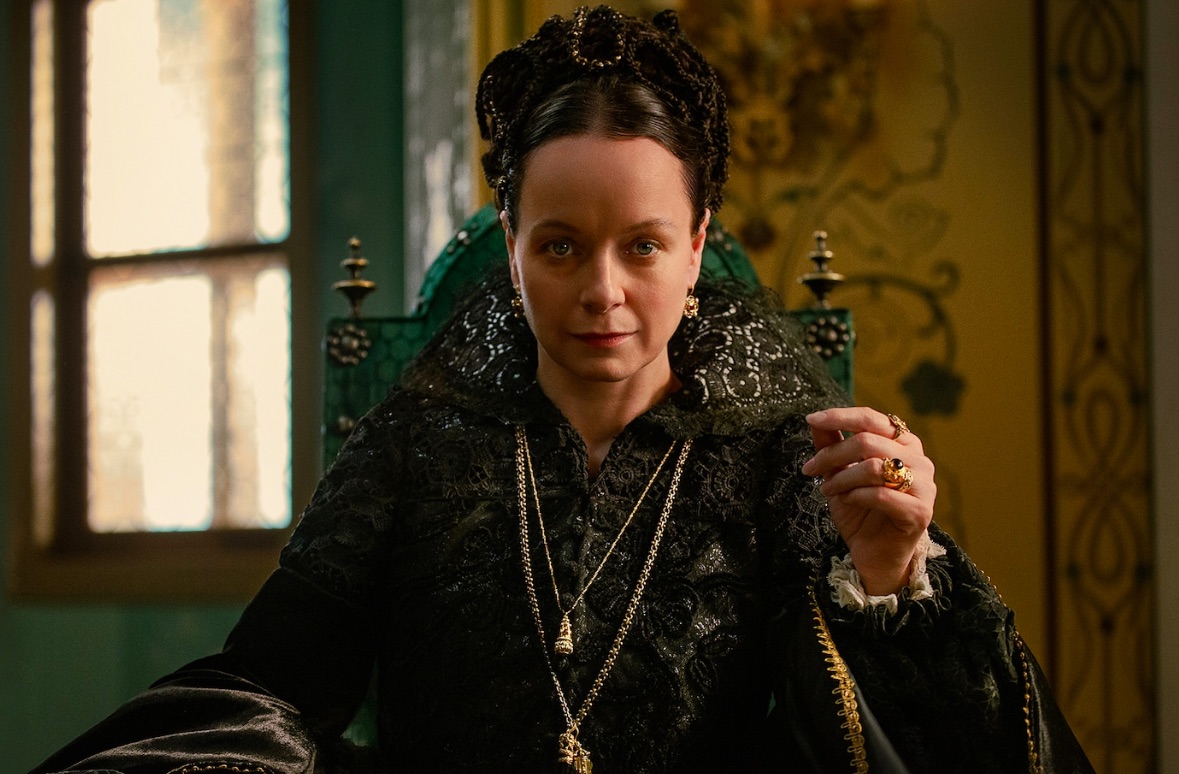Starz’s ‘The Serpent Queen’ is a period drama that is set in the court of France in the sixteenth century. Written by Justin Haythe, it focuses on the rule of Catherine de Medici, while also tracing her journey to becoming one of the most powerful women of her time. It is a highly engaging watch that breaks away from the conventional storytelling methods of historical dramas, somewhat along the lines of Hulu’s ‘The Great’. With excellent performances backed by sharp writing, ‘The Serpent Queen’ is an entertaining watch that keeps the audience hooked. While Catherine’s life is awe-inspiring, there are times when one wonders how much of the show is true. How much of it is taken from reality and what parts of it have been concocted for the purpose of entertainment? Let’s find out.
The Serpent Queen: Story of Catherine de Medici
Yes, ‘The Serpent Queen’ is based on real events. It follows the story of Catherine de Medici, who ruled France from 1547 to 1559. In 1519, Catherine was born into the powerful Medici family but was orphaned only a month after her birth. In 1527, she was sent to live in a convent, from where she was held captive, two years later, by the rebels, and was rescued by her uncle, Pope Clement VII. At the age of fourteen, she was married to Henry, Duke of Orléans, the second son of the French king Francis I.

After the death of his father and his elder brother, Henry became the King of France, giving Catherine the first taste of the power that comes with being a queen, but barely so. It wasn’t until after he died and Catherine’s first son, Francis II, came to power that Catherine truly took over control. Later, she served as regent during the reigns of her other two sons— Charles IX and Henry III, enjoying around three decades’ worth of reign.
In bringing Catherine’s story to the screen, the show took inspiration from the non-fiction book ‘Catherine de Medici: Renaissance Queen of France’ by Leonie Frieda, published in 2004. To write an authentic biography of the Queen of France who has been heavily mislabelled and misunderstood, Frieda did exhaustive research on the figure and the people related to her. The book is “based on thousands of private letters”, and the author traveled to all the places that were important in Catherine’s life, like Paris, Florence, Rome, and the châteaux of the Loire.
When writer Justin Haythe came across Frieda’s book, he discovered that Catherine was less of a villain, as she had been dubbed throughout history, and more of an anti-hero, somewhat like a Soprano or a Corleone. Being a woman and wielding as much power as Catherine did in the sixteenth century, Haythe found that her story had many parallels to the place of women in the current world. It was noted that all the decisions that she made, even if allegedly, would have been viewed in a different light, had she been a man.

The creation of the myths and legends surrounding her, especially giving her the title of the Serpent Queen, among others, was only a testament to how powerful female figures were treated by history, as compared to their male counterparts. To producer Erwin Stoff, her situation was mirrored in the treatment of women in the show business, especially around the 80s when he was new to it himself.
Another thing about Catherine that struck a chord with the creators of the show was the modernity of Catherine’s character and how delicate the balance of good and evil was with her, which is why they ask the viewers, “what would you have done differently” on the show’s poster. The fact that she was such a fascinating figure, and yet, her story had never been told before, as opposed to other queens like Elizabeth I and Mary, Queen of Scots, who have been the subjects of multiple films and TV series by now, presented the creators with an excellent opportunity to present their own take on her story and show the audience how grey she was.
It was found best not to present the story chronologically but to split it into two timelines, while also throwing in some fourth-wall-breaking as well as biting humor. A number of absurd things stand out in the show, which makes the audience wonder if these things have been added for comic relief, or to simply make things awkward. But Haythe confesses that nothing that seems too weird in the show is fabricated. “I promise you, the most absurd thing that happens in the show is true. I promise you that I didn’t invent anything that is more absurd than what actually happened. This was an absurd world they lived in,” he said. Considering all this, it is safe to say that in bringing the story of Catherine de Medici to the screen, ‘The Serpent Queen’ indulges in the fictionalization of some events, but it sticks close to reality as much as it can, especially in the parts that feel too ludicrous to be true.
Read More: Best Period Romance Movies


You must be logged in to post a comment.